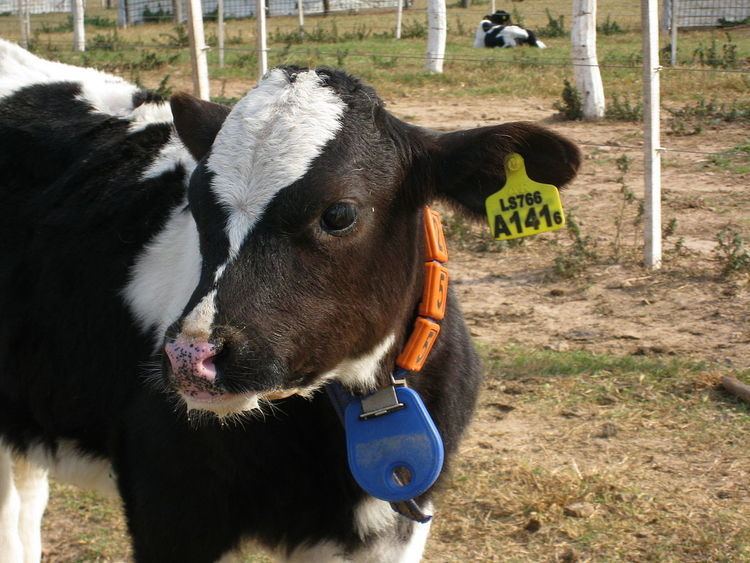Animal identification using a means of marking is a process done to identify and track specific animals. It is done for a variety of reasons including verification of ownership, biosecurity control, and tracking for research or agricultural purposes.
Individual identification of animals by means of body markings has been practised for over 3,800 years, as stated in Code of Hammurabi. The first official identification systems are documented as far as the 18th century. In Uruguay for instance maintained at that time a register of hot brands.
Leg ringsWing tagsMicrochip implants (parrots)Telemetry (falconry birds)Freeze brandingBranding (hot-iron)CollarEarmarkingEar tags (non-electronic)Ear tags (electronic)Semi-permanent paintCollars (electronic and non-electronic)EarmarkingEar tags (non-electronic)Ear tags (electronic)Semi-permanent paintTattooCollars (non-electronic)Branding (hot-iron)Branding (freeze)Microchip implantsLip tattooAnkletsBranding (freeze)Branding (hot-iron)Collars (electronic and non-electronic)EarmarkingEar tags (non-electronic)Ear tags (electronic)Rumen bolus (electronic)CowbellCollarMicrochip implantsTattooEarmarking (notching or punching)Ear tags (nickel, copper or scannable 2D barcode tags)Microchip implantsHair dyeToe clippingManual tattoos (tail, foot pad or ears)Automated tail tattoosMicrochip implantsFin clippingCoded wire tagPassive integrated transponderAcoustic tagTranspondersAdhesive tagsAdhesive tagsSemi-permanent paint
